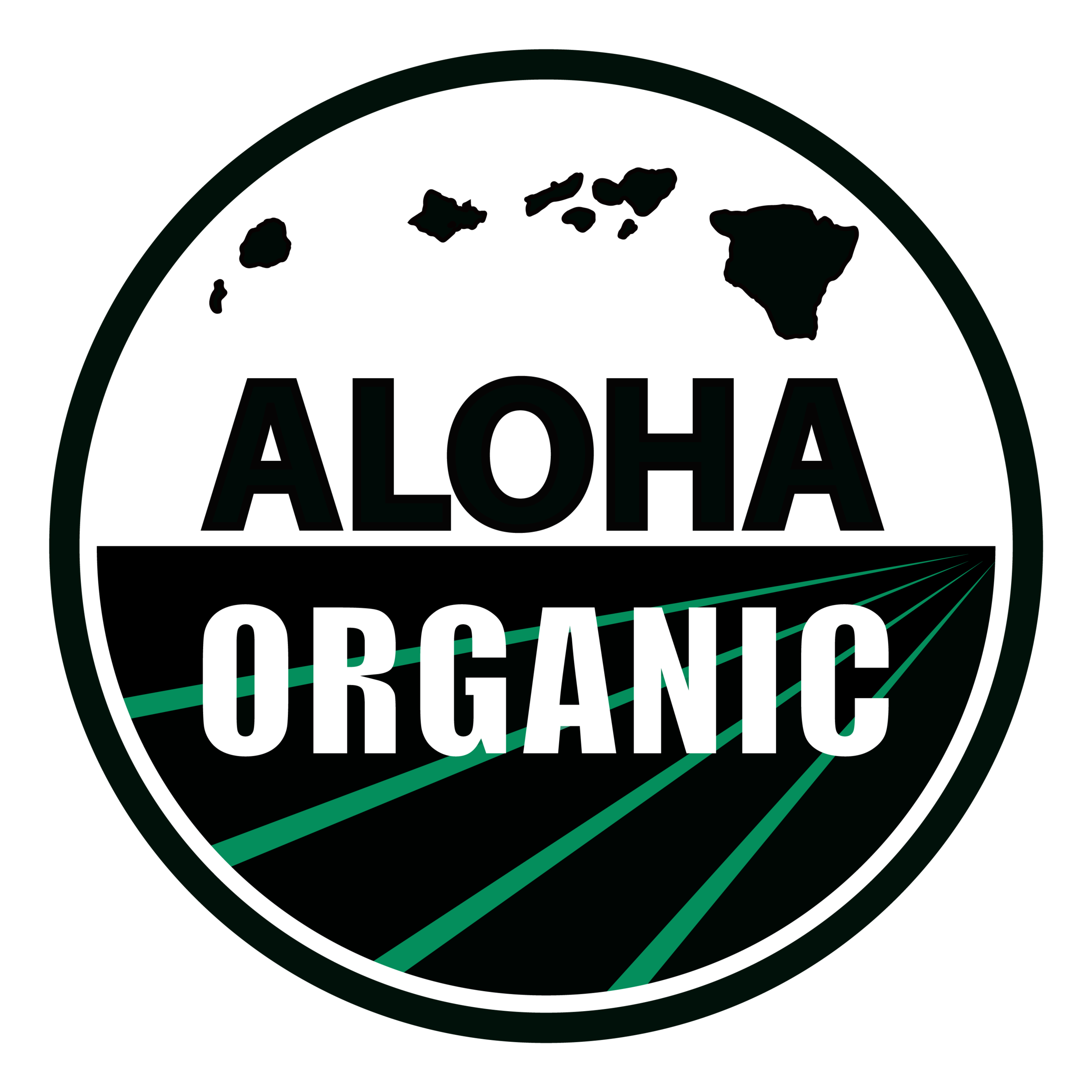FEED (Fish Amino Acid)


FEED (Fish Amino Acid)
Overview
Fish proteins feed plants and promote seedling growth, branch shooting, and microbial activity in the soil. Fermentation, osmosis, and time make FEED. Used regularly, FEED improves yield, smell, and taste.
How It’s Made
Fermentation and osmotic pressure create FEED when fish by-products and raw sugars are layered together. Over six months, the material will fully ferment and breakdown into a plant-soluble form.
Usage
FEED can be applied regularly (up to weekly) as a soil drench or light evening foliar spray. As it is a source of nitrogen, it’s best used during the early or vegetative stage of development to boost growth and size.
References
Aung, L.H., and G.J. Flick.1980. The influence of fish solubles on growth and fruiting of tomato. HortScience 15:32–33.
El-Tarabily, K.A., A.H. Nassar, G.E.S.J. Hardy, and K. Sivasit-Hamparam. 2003. Fish emulsion as a food base for rhizo-bacteria promoting growth of radish (Raphanus sativus L. var. sativus) in a sandy soil. Plant Soil 252:397–411.
Foley, K.M., A.R. Doniger, C.C. Shock, D.A. Horneck, and T.K. Welch. 2012. Nitrate pollution in groundwater: A grower’s guide. Sustainable agriculture techniques, Oregon State University, Ext/CrS 137.
Murray, R. and R. G. Anderson. 2004. Organic fertilizers and composts for vegetable transplant production. University of Kentucky, Greenhouse use of organic fertilizers and composts – 3 Floriculture Research Report 17-04.
UH–CTAHR Natural Farming: Fish Amino Acid SA-12 — March 2014 Park, H. and M.W. DuPonte. 2008 (rev 2010). How to cultivate indigenous microorganisms. BIO-9. University of Hawai‘i, College of Tropical Agriculture and Human Resources, Honolulu, HI
Pline-Brown, M.A. and J. Davis. 2007. Fertilizer from the sea: Fish emulsion and seaweed extract. Organic Research and Publications. Mountain Horticulture Crops Research and Extension Center, North Carolina State University.
